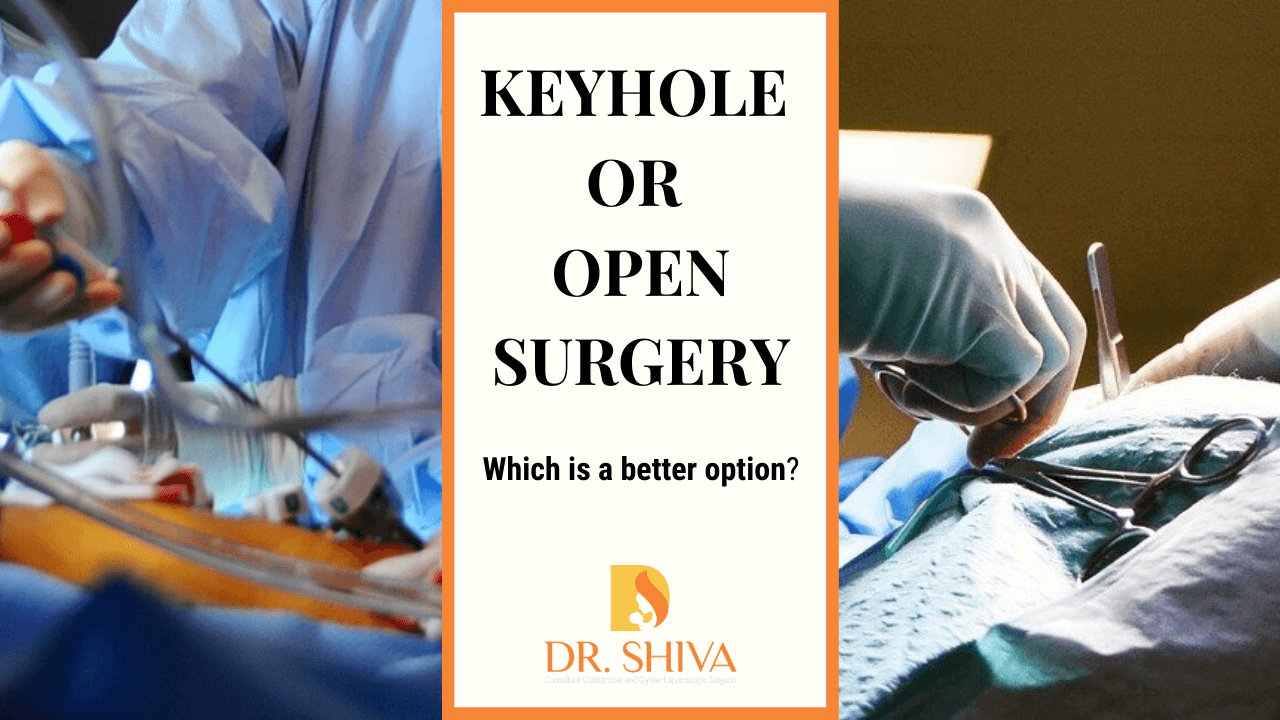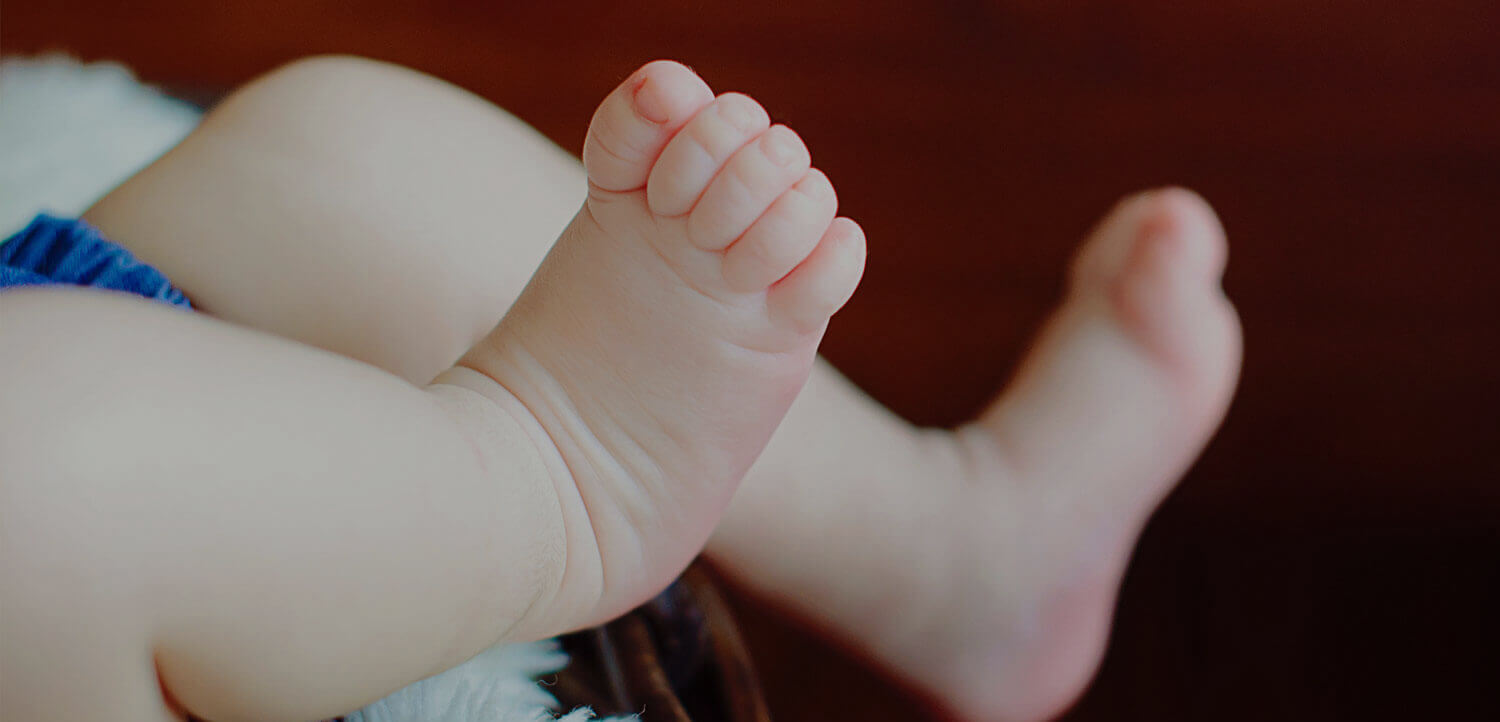
What is laparoscopy?
Laparoscopy is keyhole surgery. A laparoscope is a special telescope designed for this procedure which is connected to a light source and a camera. By this, the surgeon can view the abdominal cavity through a hollow tube and the image is viewed on a TV monitor. Usually, the laparoscope is introduced through the belly button and instruments are inserted through 2 or 3 tiny holes in your tummy. Along with carrying out surgical procedures laparoscopy may also be used to diagnose different conditions that may arise in the abdomen or pelvis.
What are the advantages of keyhole surgery?
- shorter hospital stay (1 to 2 days v/s 5 to 7 days after open surgery).
- laparoscopy utilizes multiple small incisions and hence the risk of infection and hernia formation are less.
- less postoperative pain.
- minimal scars
- healing is faster in most cases.
In gynecology, laparoscopy can be used for treating ectopic pregnancy, endometriosis, female infertility and to remove fibroids.
How is laparoscopy or keyhole surgery performed?
It is usually performed under general anesthesia. In laparoscopy, multiple incisions may be required to accommodate different surgical instruments required for the surgery. Gas, usually carbon dioxide, is pumped through one of the incisions, inflating the abdomen and allowing doctors to see more clearly. The laparoscope will be inserted through the small incision made which will enable the doctor to view the images inside the cavity via the camera attached to it. After the surgery is done, the instruments are removed, and the incision will be stitched.
What are the complications associated with laparoscopic surgery?
The most common complications associated with any operation are bleeding and infection. There is a small risk of other complications that include injury to abdominal organs, bowels, bladder or blood vessels. There is a small chance for conversions into an open procedure. Other complications can include allergic reaction to the general anesthesia, problems associated with the use of carbon dioxide during the surgery or issues like gas bubbles entering the bloodstream.
What can I expect after keyhole surgery?
- Can go home within 1-2 days.
- You can take shower (but no pool bath for weeks)
- You can drive after 10-14 days.
- Avoid sex after total laparoscopic hysterectomy for two months and for other laparoscopic procedures 4-6 weeks.
- You can climb up and down stairs within 3-4 days.
- You may expect some bloodstained discharge for a couple of weeks.
- Bloating, due to the gas
After the surgery, if any of the following issues are continuing to exist, the patient will need to contact the doctor-
- Fever, which has not reduced
- Extreme pain that keeps getting worse
- Pain, bleeding or swelling around the area through where invasive surgery was performed
- Frequent vomiting
- Burning sensation when passing urine
- Even after urination the bladder continues to feel full
- Significant vaginal bleeding or unusual vaginal discharge
All said various factors are taken into account when confirming the method to conduct the surgery, but when given an option between open surgery or laparoscopy, the latter has more advantages.

